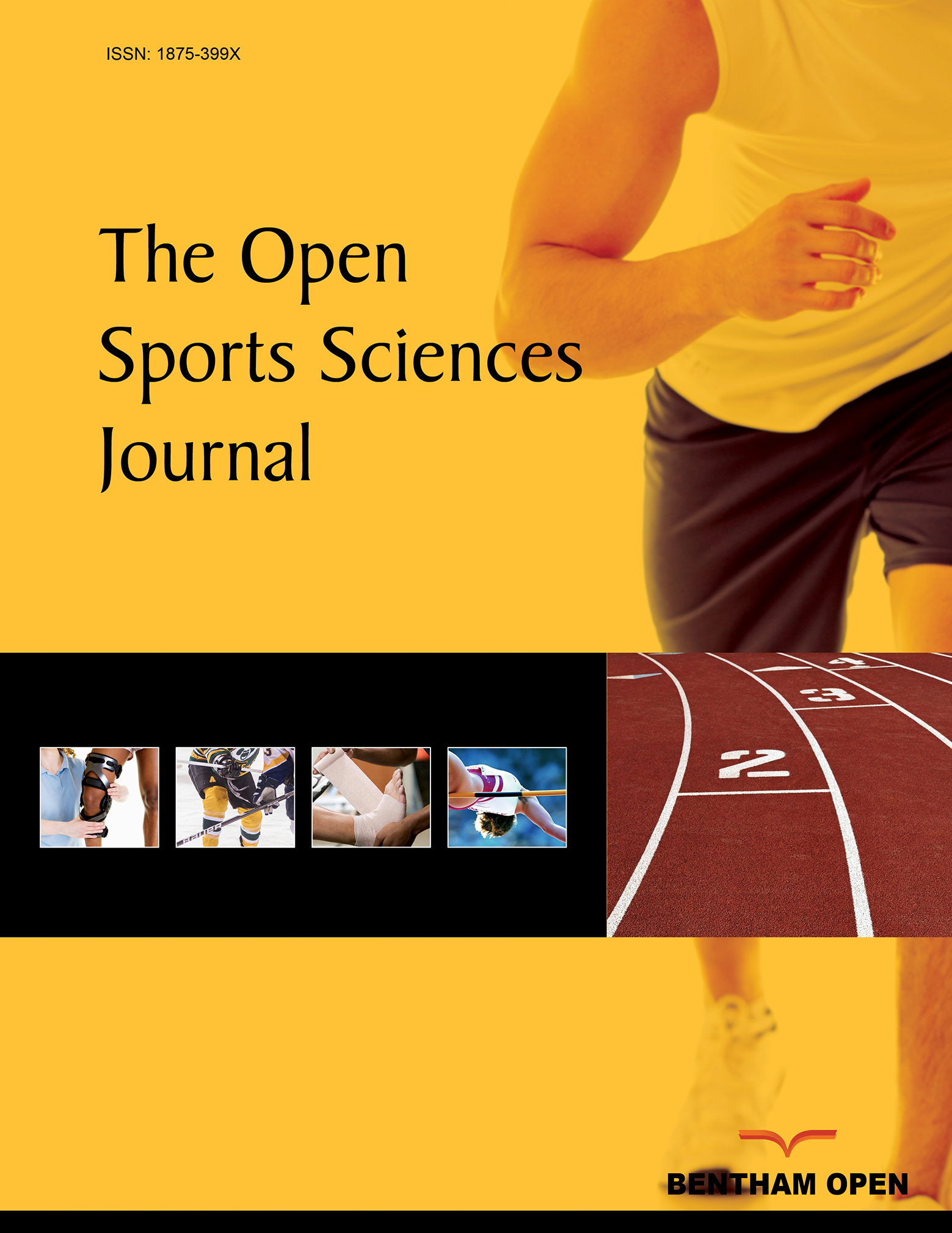All published articles of this journal are available on ScienceDirect.
Effect of Socio-demographic Factors and Physical Exercise Training on Cardiovascular Health: Case Study of Fresh Students of Babcock University Ilishan-Remo, Ogun State, Nigeria
Abstract
Introduction:
Sedentary behavior and lack of physical exercise are one of the strongest risk factors for many chronic diseases and conditions, including cardiovascular disease, hypertension, diabetes, obesity, osteoporosis, colon cancer, and depression. Hence, the aim of this study was to assess the combined and relative effect of socio-demographic characteristics and physical exercise (PE) training on the cardiovascular health of freshmen of Babcock University, Ilishan-Remo, Ogun State, Nigeria.
Methods:
The study was a quasi-experimental study that employed both qualitative and quantitative methods of data collection. An all-inclusive sampling method was used to select all 72 volunteers for a pre-exercise medical evaluation, and questionnaires were administered to 600 volunteers for pre and post-data. The respondents were treated with a six-week dose of regular daily selected physical activities. The post-test was conducted, recorded, and subjected to statistical analysis using inferential statistics.
Results:
The mean age was 18±1.89 with the age of 17 forming the largest group, i.e., 218 (36.3%). Females, 379(65.2%), were slightly more than their male counterparts, 221 (36.8%). The results of pre-exercise showed that some, 9 (12.2%), had normal body temperature. The respondents who were obese and over-weighted were 25 (33.8) and 20 (27.1), and respondents with high mean arterial pressure were 15 (20.3), respectively. The mean arterial pressure (MAP) of the respondents tested showed no significant difference (P>0.05) between the mean age, sex and marital status with respect to the blood sugar level, body temperature and the body mass index. MAP and irregular participation in physical activities were significant (P<0.05) among this group of students. The knowledge mean score (KMS) of 19.37±6.035 was high compared to a 27-point scale. There was no significant relationship between df=2, F=1.566 and P>0.005. Some, 160 (26.7%), had excellent overall physical health, and 173 (28.8%) had good overall physical health. There were significant interactional effects (F= 59.276, mean score within group 1.60, df 2, p = .000, R = -282) between groups and time for perceived benefits, interpersonal norms, social support, counter heart conditioning, stimulus control, and overall time spent on being physically active per week.
Conclusion:
In conclusion, a correlation was observed between the predictive factors and cardiovascular diseases; it was recommended that all students should be encouraged to engage in regular PE at a level appropriate to their capacities, needs, and interests to maintain optimal cardiovascular health status.


